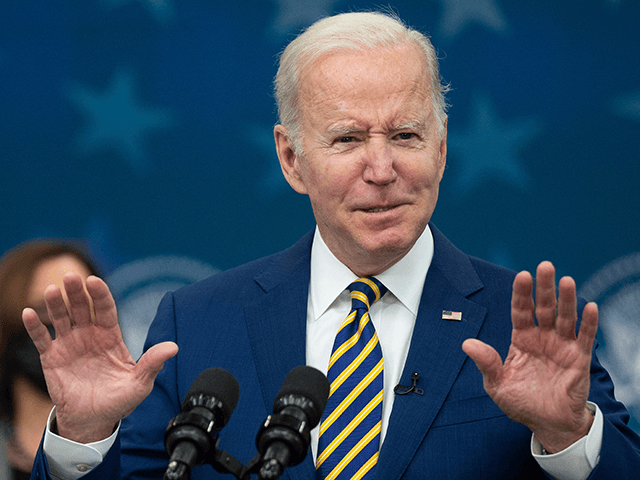Factory activity in the U.S. was beset by supplier shortages, higher energy prices, and record cost inflation in November, according to a survey of purchasing managers released Wednesday.
The result was the slowest growth in manufacturing activity in 14 months, according to the IHS Markit final U.S. Manufacturing Business Activity purchase managers index.
The IHS Markit PMI fell to 58.3 in November, a tick down from 58.4 in October. Economists had expected the gauge to improve from October, in part because the mid-month estimate was higher.
IHS Markit noted that companies are now facing some pushback from customers when they attempt to pass on the increased costs. Holiday sales have generally been below expectations and online sales fell for the first time ever on Cyber Monday, an indication that consumers are balking at escalating prices.
“Broad swathes of US manufacturing remain hamstrung by supply chain bottlenecks and difficulties filling staff vacancies. Although November brought some signs of supply chain problems easing slightly to the lowest recorded for six months, widespread shortages of inputs meant production growth was again severely constrained to the extent that the survey is so far consistent with manufacturing acting as a drag on the economy during the fourth quarter,” said Chris Williamson, chief business economist at IHS Markit.
From the report:
Severe supplier delays and shortages led to the sharpest rise in input costs on record (since May 2007). Firms noted that higher prices for metals, chemicals and plastics, alongside greater freight and transportation costs drove inflation. Manufacturers raised their selling prices markedly in November as higher costs were passed through to clients. Despite a faster rise in input prices, the rate of charge inflation eased to a three-month low.
Concurrently, vendor performance deteriorated to one of the greatest extents on record. To protect against future shortages, delays and supplier price hikes firms increased their input buying sharply and pre-production inventories rose at the fastest pace for three months. Nonetheless, challenges replenishing stocks of finished goods led to the sharpest fall in post-production inventories since May 2020.
“While demand remains firm, November brought signs of new orders growth cooling to the lowest so far this year, linked to shortages limiting scope to boost sales and signs of push-back from customers as prices continued to rise sharply during the month,” Williamson said.

COMMENTS
Please let us know if you're having issues with commenting.